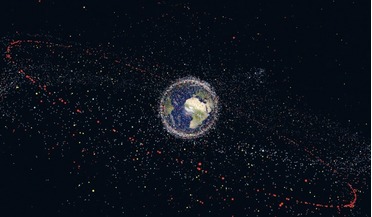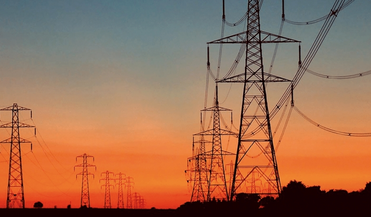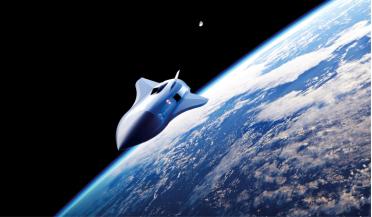 February 2019
The Space Elevator – an alternative path to space?
February 2019
The Space Elevator – an alternative path to space?
... structure around an equilibrium of acceleration. This can happen in a stationary orbit around a rotating celestial body or a Lagrange point. Geosynchronous equatorial or geostationary orbit (GEO), offers such an equilibrium for Earth. A body such...
 May 2019
Active debris removal faces legal minefield
May 2019
Active debris removal faces legal minefield
... measures to remove objects from low Earth orbit (LEO) and geostationary orbit (GEO) after the end of their ...knowledge could apply to tacit consent in the context of these in-orbit operations. ESA is planning the world’s first ever active debris ...
 August 2019
Lessons from the Sun
August 2019
Lessons from the Sun
... after, a spectacular aurora, bright enough to cast shadows, appeared along the southern coast of Britain. Spacecraft in geostationary orbit effectively became solar wind detectors as Earth’s magnetic shield buckled under the extreme solar wind...
 February 2022
An interplanetary transportation system
February 2022
An interplanetary transportation system
...to move mass from Earth to a train station beyond geostationary orbit (GEO), known collectively as the Galactic Harbour; a ... The proposed Space Train would be in a continuous ‘Cycler Orbit’, as described by Aldrin, and would operate like a continuous ...
 September 2024
Hypersonics and the route to orbit
September 2024
Hypersonics and the route to orbit
...here is using hypersonic technology to realise a two-stage to orbit spaceplane. Artist’s impression of H1X. The DASS GNX is ...iteration, HELLO-2, will carry 5500 kg to LEO, 1730 kg to geostationary orbit (GEO) and 760 kg to the lunar surface, and will ...
 September 2025
AI cybersecurity - challenges in space
September 2025
AI cybersecurity - challenges in space
...add cost and complexity, and residual risks always remain. Communication with space assets, particularly those in geostationary orbit (GEO) or deep space, is subject to significant signal propagation delays (latency) and constrained data transmission...